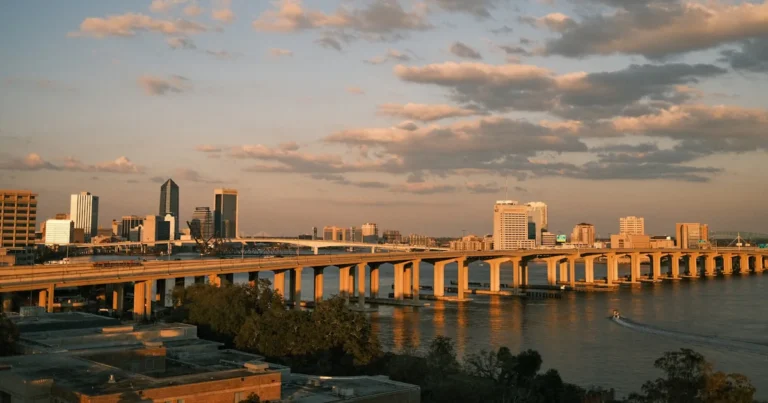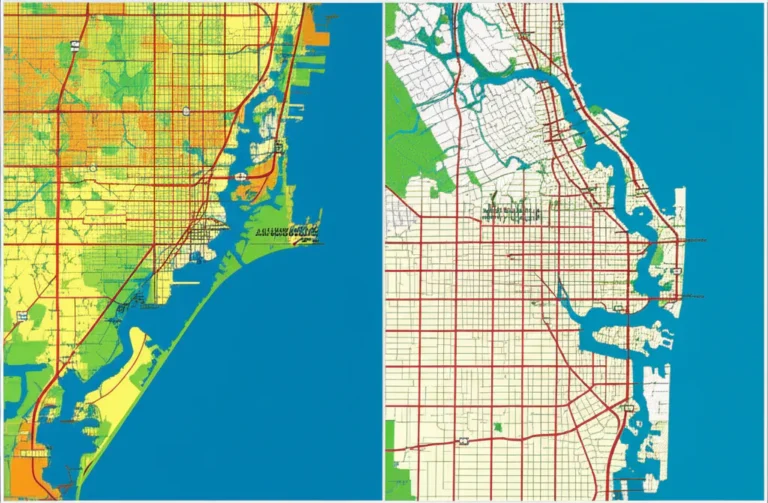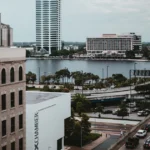Support our educational content for free when you purchase through links on our site. Learn more
What is Jacksonville Ranked in Size? [2024] 🏆
Did you know that Jacksonville, Florida is not only the largest city in Florida but also the largest city by area in the contiguous United States? That’s right! Jacksonville is a city that stands out in terms of size and has a lot to offer. In this article, we’ll dive deep into the rankings and explore everything you need to know about Jacksonville’s size, history, demographics, economy, and more. So, let’s get started and uncover the fascinating facts about Jacksonville’s size!
Table of Contents
- Quick Answer
- Quick Tips and Facts
- Background and History
- Geography and Location
- Demographics and Population
- Economy and Industries
- Culture and Attractions
- Government and Politics
- Education and Schools
- Infrastructure and Transportation
- Notable People
- Sister Cities
- FAQ
- Conclusion
- Recommended Links
- Reference Links
Quick Answer
In terms of size, Jacksonville, Florida is the largest city by area in the contiguous United States. As of 2020, the total area of Jacksonville is 874.3 square miles (2,264 km2), with 757.7 square miles (1,962 km2) of land and 116.7 square miles (302 km2) of water. This makes Jacksonville a city with vast expanses of land and water, offering a unique blend of urban and natural environments.
Quick Tips and Facts
- Jacksonville is the largest city by area in the contiguous United States.
- The total area of Jacksonville is 874.3 square miles (2,264 km2).
- Jacksonville has 757.7 square miles (1,962 km2) of land and 116.7 square miles (302 km2) of water.
- The city is known for its beautiful coastline and the St. Johns River.
- Jacksonville is the most populous city in Florida and the 11th largest in the United States.
- The city has a diverse economy with sectors like banking, insurance, healthcare, and logistics.
- Jacksonville is home to major military installations, including Naval Station Mayport and Naval Air Station Jacksonville.
- The city has a rich history dating back to its founding in 1822 and is named after Andrew Jackson.
Background and History
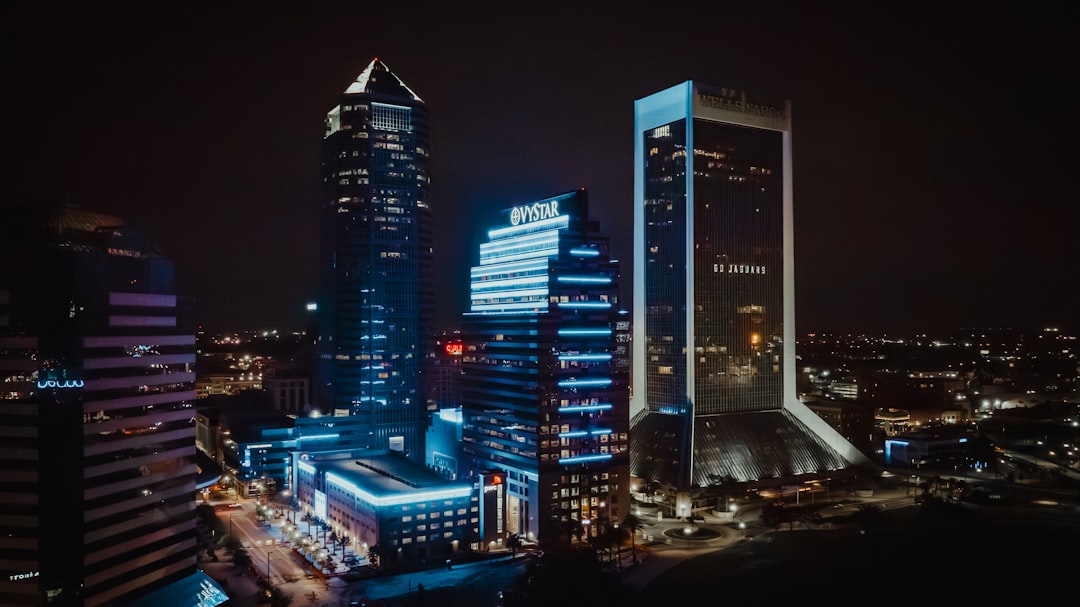
Let’s take a trip back in time and explore the background and history of Jacksonville. Founded in 1822, Jacksonville has a rich historical heritage that has shaped its growth and development over the years. The city is named after Andrew Jackson, the seventh president of the United States.
Jacksonville has witnessed significant events throughout history, including the American Civil War and the Reconstruction era. The city faced challenges post-World War II due to urban sprawl, but it has since undergone revitalization efforts to enhance its downtown neighborhoods.
In 1968, a consolidation referendum led to the creation of the Consolidated City of Jacksonville, which expanded the city’s boundaries to encompass a larger area. This consolidation contributed to Jacksonville’s impressive size and made it the largest city by area in the contiguous United States.
Geography and Location
Situated along the picturesque St. Johns River and with a coastline on the Atlantic Ocean, Jacksonville boasts a stunning natural landscape. The city’s geography is characterized by sandy beaches, marshes, and the iconic St. Johns River, which flows through the heart of Jacksonville.
The soil composition in Jacksonville primarily consists of sand and clay, which contribute to the unique ecosystem and vegetation found in the area. The city’s diverse geography provides ample opportunities for outdoor activities, including boating, fishing, and exploring nature trails.
When it comes to architecture, Jacksonville showcases a variety of styles, including Prairie School, Mid-Century modern, and more. The city’s skyline is a testament to its growth and development, with modern skyscrapers blending harmoniously with historic buildings.
Demographics and Population
As of 2020, Jacksonville has a population of 949,611, making it the most populous city in Florida. The city’s population continues to grow, with an estimated population of 971,319 as of July 2022. Jacksonville ranks 31st in North America, 11th in the United States, and 1st in Florida in terms of population.
The density of Jacksonville is 1,270.73 people per square mile (490.63/km2). The urban population of Jacksonville is 1,247,374, ranking 40th in the United States, with an urban density of 2,175.9 people per square mile (840.1/km2). The metropolitan population of Jacksonville is 1,733,937, ranking 39th in the United States.
Economy and Industries
Jacksonville’s economy is diverse and robust, with several key industries driving its growth. The city is a major hub for banking, insurance, healthcare, and logistics. Many national and international companies have established their headquarters or regional offices in Jacksonville, contributing to its economic vitality.
The city’s strategic location, with access to major transportation routes and a deep-water port, makes it an ideal location for businesses involved in logistics and distribution. Jacksonville’s port is one of the busiest in the United States, handling a significant volume of cargo and contributing to the city’s economic prosperity.
Tourism also plays a vital role in Jacksonville’s economy, with visitors drawn to the city’s beautiful beaches, golf courses, and cultural attractions. The city hosts various events and festivals throughout the year, attracting tourists from near and far.
Culture and Attractions
Jacksonville is a city that offers a vibrant cultural scene and a wide range of attractions for residents and visitors alike. The city is home to numerous museums, art galleries, theaters, and music venues, showcasing the rich cultural heritage of the region.
Nature enthusiasts will find plenty to explore in Jacksonville, with its pristine beaches, nature parks, and wildlife preserves. The city’s proximity to the Atlantic Ocean and the St. Johns River provides ample opportunities for water-based activities, including boating, fishing, and kayaking.
Sports fans can cheer on their favorite teams in Jacksonville, as the city is home to professional sports franchises like the Jacksonville Jaguars (NFL) and the Jacksonville Jumbo Shrimp (MiLB). The city has also hosted major sporting events, including Super Bowl XXXIX in 2005.
Government and Politics
Jacksonville operates under a consolidated government structure, with the city and county governments merged into one entity. The city is the seat of Duval County and is governed by an elected mayor and a city council.
The political landscape in Jacksonville is diverse, with a mix of political affiliations represented in local government. The city’s residents actively participate in the democratic process, shaping the policies and initiatives that impact the community.
Education and Schools
Education is a priority in Jacksonville, with a wide range of educational institutions serving the city’s residents. The Duval County Public Schools system is the primary provider of K-12 education in the area, offering a comprehensive curriculum and a variety of educational programs.
Jacksonville is also home to several colleges and universities, including the University of North Florida, Jacksonville University, and Florida State College at Jacksonville. These institutions provide higher education opportunities and contribute to the city’s intellectual and cultural vibrancy.
Infrastructure and Transportation
Jacksonville boasts a well-developed infrastructure and transportation network, ensuring seamless connectivity within the city and beyond. The city has an extensive road network, including major highways and interstates, facilitating easy travel and commuting.
Public transportation in Jacksonville is provided by the Jacksonville Transportation Authority (JTA), which operates bus services and a Skyway monorail system. The JTA also oversees the St. Johns River Ferry, providing a unique mode of transportation across the river.
For air travel, Jacksonville is served by Jacksonville International Airport (JAX), which offers domestic and international flights. The airport is conveniently located and provides easy access to the city and its surrounding areas.
Notable People
Jacksonville has been home to many notable individuals who have made significant contributions in various fields. From athletes and musicians to politicians and artists, the city has nurtured talent and fostered creativity. Some notable people associated with Jacksonville include:
- Pat Boone, singer and actor
- Tim Tebow, professional football player
- Lynyrd Skynyrd, rock band
- James Weldon Johnson, author and civil rights activist
- Zora Neale Hurston, author and anthropologist
- A. Philip Randolph, civil rights leader
- Bob Hayes, Olympic sprinter and professional football player
Sister Cities
Jacksonville has established sister city relationships with several cities around the world, fostering cultural exchange and international cooperation. Some of Jacksonville’s sister cities include:
- Bahía Blanca, Argentina
- Curitiba, Brazil
- Murmansk, Russia
- Nelson Mandela Bay, South Africa
- Yingkou, China
FAQ
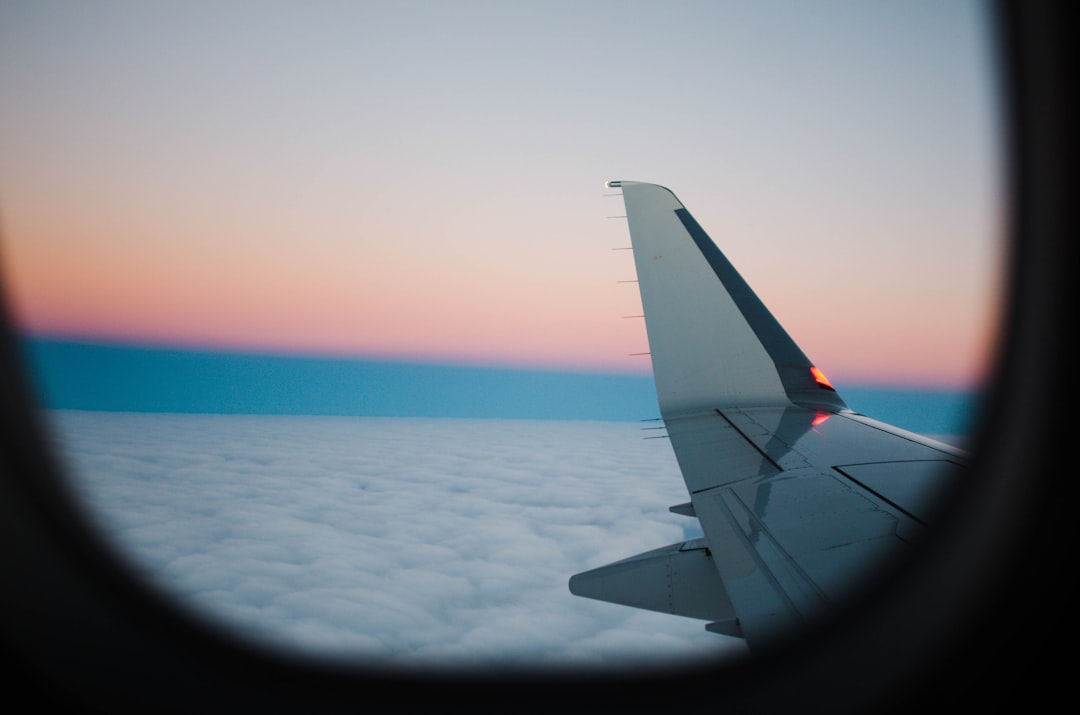
Where does Jacksonville rank in size?
Jacksonville is the largest city by area in the contiguous United States. With a total area of 874.3 square miles (2,264 km2), Jacksonville stands out as a city with vast expanses of land and water.
Read more about “Where does Jacksonville rank in size?”
Is Jacksonville bigger than any states?
While Jacksonville is the largest city by area in the contiguous United States, it is not bigger than any states. However, its impressive size sets it apart from other cities in the country.
Read more about “Is Jacksonville bigger than any states?”
Is Jacksonville or Miami bigger?
In terms of size, Jacksonville is larger than Miami. Jacksonville’s total area of 874.3 square miles (2,264 km2) surpasses Miami’s total area of 55.27 square miles (143.1 km2).
Read more about “Is Jacksonville Really the Colossal Giant of U.S. Cities? … 🌆”
Is Jacksonville or Tampa bigger?
Jacksonville is also larger than Tampa in terms of size. Jacksonville’s total area of 874.3 square miles (2,264 km2) exceeds Tampa’s total area of 175.3 square miles (453.8 km2).
Read more about “Is Jacksonville the Biggest City by Area? …”
Conclusion
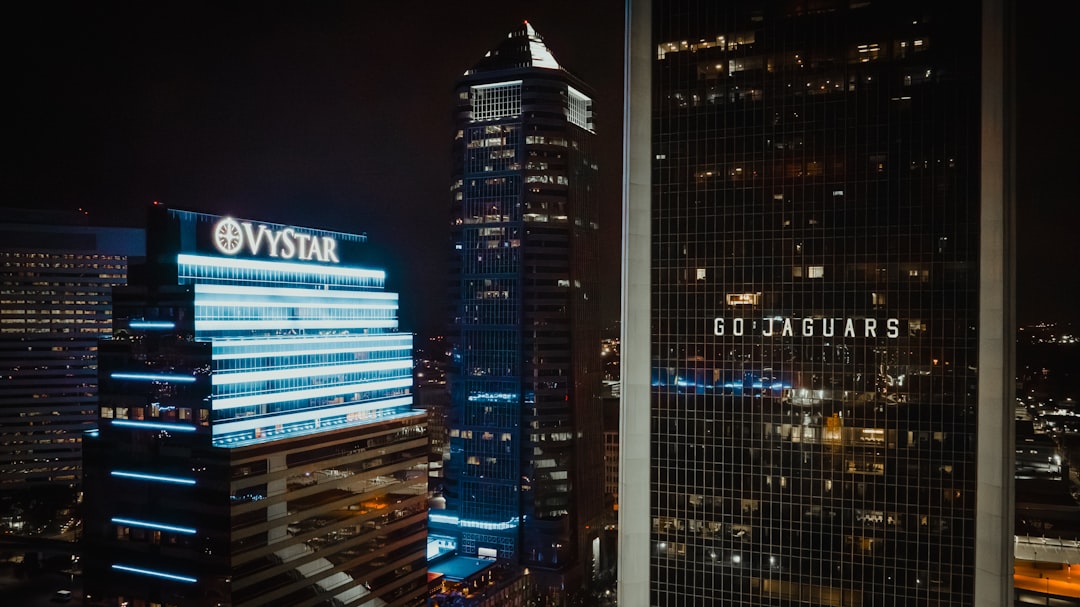
In conclusion, Jacksonville, Florida is the largest city by area in the contiguous United States. With its vast expanses of land and water, Jacksonville offers a unique blend of urban and natural environments. The city’s rich history, diverse economy, and vibrant cultural scene make it a truly remarkable place to live and visit. Whether you’re exploring the beautiful coastline, enjoying outdoor activities, or immersing yourself in the city’s cultural attractions, Jacksonville has something for everyone. So, why not plan a visit and experience the grandeur of Jacksonville for yourself?
Recommended Links
- Jacksonville History
- Jacksonville Facts
- Jacksonville Demographics
- Is Jacksonville the Biggest City in Size?
Reference Links
- Jacksonville, Florida – Wikipedia%20is%20water.)

